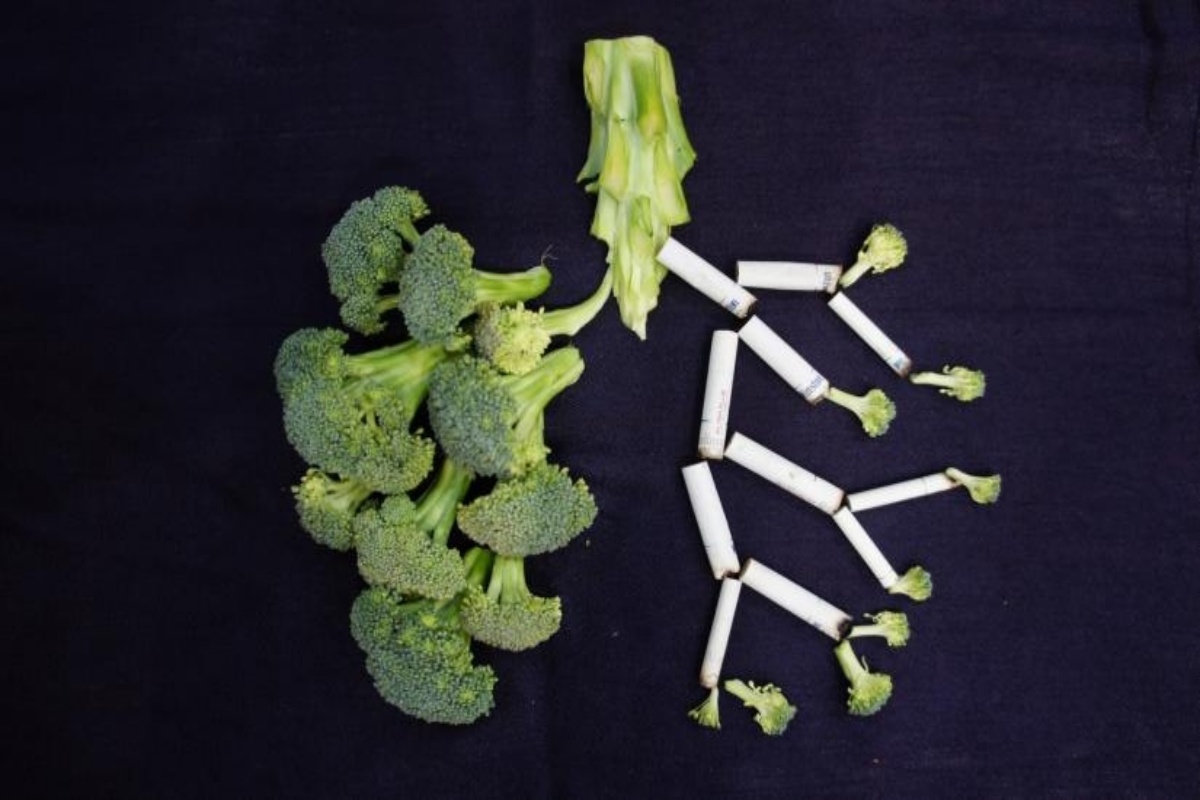Jharkhand unveils ambitious plans for education, science and innovation
The Jharkhand government has unveiled ambitious projects aimed at propelling the state into a new era of education, science, and innovation.
Radiomics is the extraction of data from medical image features that can aid in cancer detection, diagnosis, disease monitoring and treatment decisions.

Lung cancer: Know the things that matter.(photo:IANSLIFE)
Researchers at the Moffitt Cancer Center have been working to improve the ability to recognize patients with poor survival through radio mics, a scientific discipline that uses imaging, such as CT scans and MRIs, to uncover tumoral patterns and characteristics that may not be easy to spot by the naked eye.
The findings of the research were published in the journal ‘Cancer Biomarkers’. “Overtreatment is a serious adverse effect of cancer screening and early detection. Identifying patients that have aggressive, high-risk tumours associated with very poor survival outcomes would help oncologists decide which patients may need more aggressive treatment, such as adjuvant therapies. On the other hand, patients that have less aggressive, low-risk tumours have a better chance of cure by surgery and may not need adjuvant therapies,” explained Matthew Schabath, PhD, an associate member of the Cancer Epidemiology Department at Moffitt.
Advertisement
Scientists are trying to discover biomarkers that could predict tumour behaviour. This would help identify lung cancers diagnosed in lung cancer screening that should be aggressively treated from those lesions that may be slow-growing and could be cured by surgery only.
Advertisement
Many focus on biomarkers that are derived from patient tissue or blood samples; however, Moffitt researchers wanted to develop a model to differentiate patients based on radiomic features.
Radiomics is the extraction of data from medical image features that can aid in cancer detection, diagnosis, disease monitoring and treatment decisions.
Image features include broad characteristics such as intensity, shape, size, volume and texture. Unlike biomarkers derived from tissue or blood samples, radiomic biomarkers are collected noninvasively and reflect the entire tumour rather than just a small sample.
The Moffitt team acquired images from the National Lung Screening Trial and analyzed radiomic features of the internal and surrounding tumour area. They developed a model based on the radiomic feature of compactness and the volume doubling time of sequential patient images from baseline and the first and second follow-up.
Their model divided patients into groups according to their risk of having poor outcomes. For example, the low-risk patient group had a five-year overall survival of 83.3 per cent, while the high-risk patient group had a five-year overall survival of 25 per cent.
Similar results were observed for patients with early-stage lung cancers and for patients who were diagnosed with lung cancer at the first follow-up. The researchers also identified a volume doubling time cut-point that was able to differentiate between patients with aggressive versus low-risk tumours.
While additional studies are needed to confirm this model, the researchers hope that their findings will eventually allow physicians to differentiate patients who need to be aggressively treated from those patients who may require routine follow-up.
“The results from our analyses revealed that radiomics combined with volume doubling time can identify a vulnerable subset of screen-detected lung cancers that are associated with poor survival outcomes, suggesting that such patients may need more aggressive treatment. We hope to do further studies to validate our findings before applying our model to patient care,” said Jaileene Perez-Morales, PhD, a postdoctoral fellow in the Cancer Epidemiology Department.
Advertisement